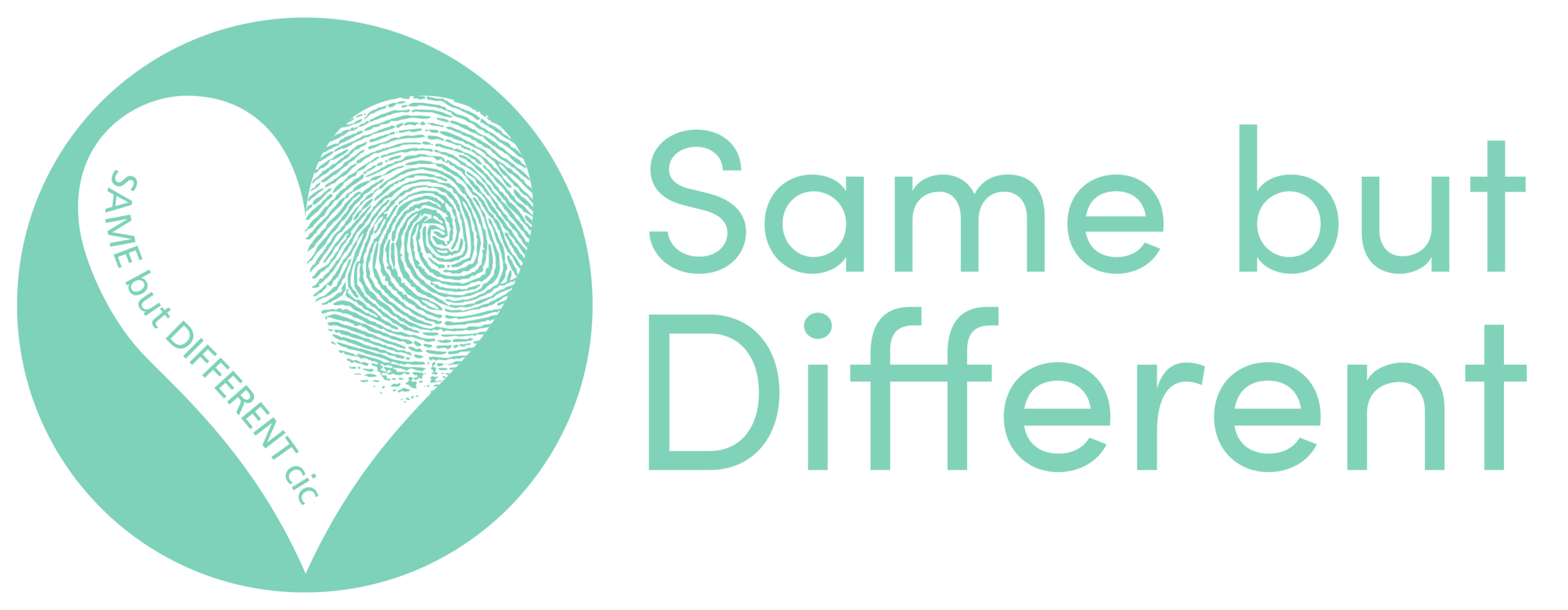Rare Beauty - Surgical Team
Not everyone has a diagnosis for their condition and this can be incredibly difficult for the person who is directly affected as well as their families.
Olivia’s mum, Selina, shares her families experience of living with an undiagnosed rare disease.
“Olivia is 17 and does not have a diagnosis. She has epilepsy, scoliosis (curvature of the spine) and has had surgery to put steel rods in it. She is also in bowel failure and so she does not have anything to eat or drink at all. Everything she has is through a line in her chest and a catheter that goes directly to her heart, to the main vessel. You have to be very sterile when doing any IV drugs, fluids or the TPN (total nutrition) through her line.
Olivia has been poorly from the age of 3 weeks old. She wasn’t swallowing her milk properly and was going blue. We brought her straight to Birmingham Children’s Hospital (BCH) and that is when they realised she couldn’t have anything orally. She was always fed through a tube in her nose or in her tummy. This was until four years ago and then she was on and off TPN but she has now been on full TPN for 3 years. This means she has nothing to drink orally or through her gastronomy.
For her epilepsy she was on the ketogenic diet for 7 years to stop the seizures but when her bowel went into failure you couldn’t keep her on the diet because you couldn’t do it through TPN. Her seizures have come back quite frequently so now she is on IV medication to stop the seizures but she still has breakthrough ones.
A typical day for us begins at 5am. I have to scrub up to do her IV medication at that time, then at 8am, we empty her stoma. Because she is on a strict fluid balance we have to ensure everything she loses is replaced, so we calculate what replacement she needs in 24 hours. This makes sure she does not get dehydrated. I give her IV fluids at home. At 10 am I flush off her TPN, so to do this I have to scrub up again to make sure I am sterile. You make sure everything is clean, spotless, and then you give her more IV drugs. I also put her on IV fluids through her other line and then at 12 o clock I would give her more medication so you scrub up again and again at 6, then again at 9. The last IV is at 1 o clock in the morning. Through the day you are draining all the drains, so she has two bags that come from her gastronomy and her other tube which are on drainage, so we have to replace all her fluid out of them as well as the stoma fluid loss. You have to keep up on that all the time. You take her temperature anywhere between 6 to 9 times a day because she is in danger of getting sepsis. We repeat this routine day in and day out.
My husband and my son help and they do a lot of Olivia’s care with me. We also have a brilliant team of doctors and nurses here who help if we need anything at any time. We can call on any of them and so we are lucky. At first it was hard but you just accept that this is the way of life now. It all becomes part of your daily routine. You just do it and because she is so happy and bubbly and always smiling and cheeky you just get on with it.
It is really important to raise awareness because people can stare, people can be nasty. It is especially difficult when Olivia notices the stares people give. I think if it was more in the public eye and people can see that just because you have a rare disease they are like everyone else. It is important for Olivia.
Once people know Olivia they see her cheeky attitude and see past her condition. She has an amazing personality and just gets on with life because it is all she has ever known.”
The Rare Beauty project has been designed to encourage people to want to know more about what is happening in the images. We have introduced beauty into every day scenes that people with rare diseases find themselves and through these images we will tell the story of the people, their families, friends and hospital staff involved in their care. We are grateful to BBC Children in Need for their support and to Birmingham Children's Hospital for their assistance.
You can read about a surgeon's perspective to rare disease by clicking here.
If you wish to discuss this project or reproduce any images or story please contact ceri@samebutdifferentcic.org.uk. The photographer on this project is Ceridwen Hughes (www.ceridwenhughes.com)



